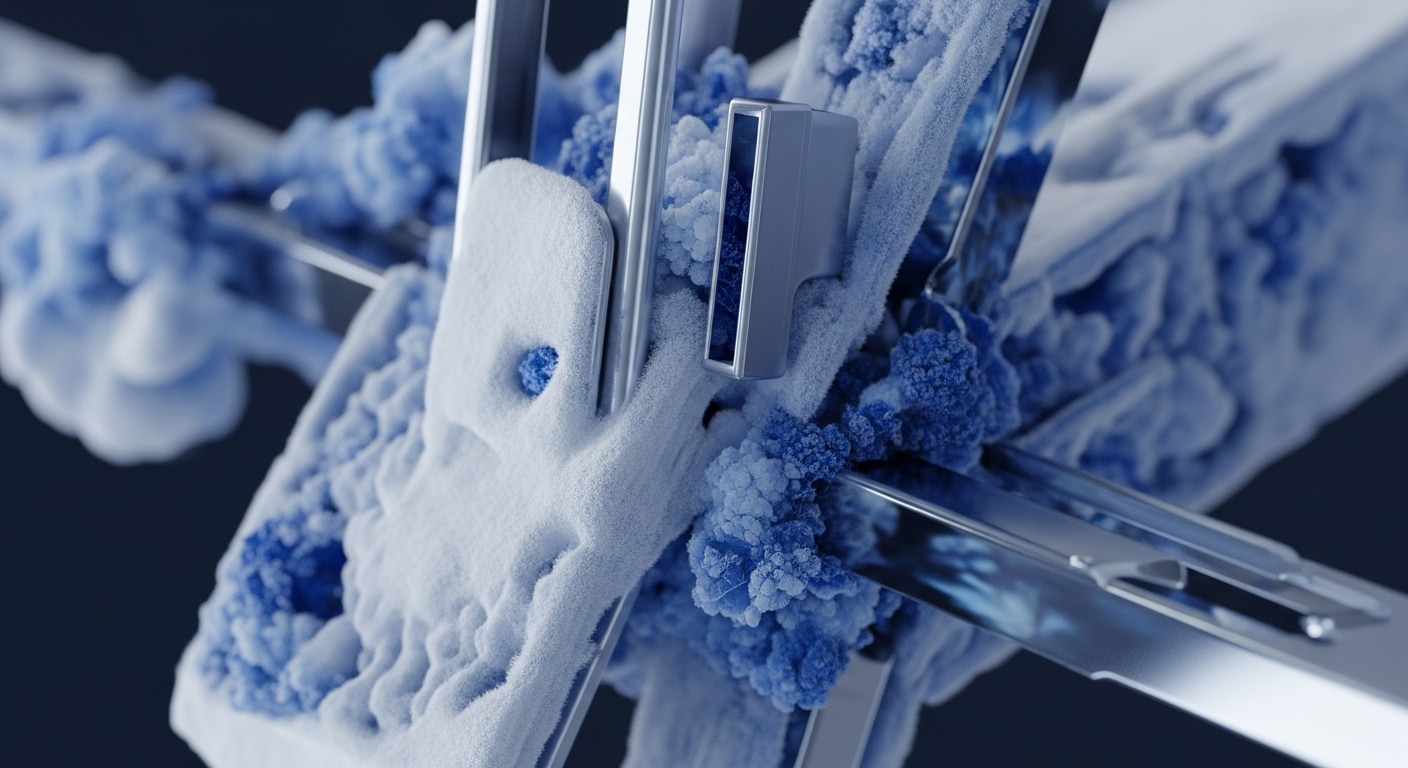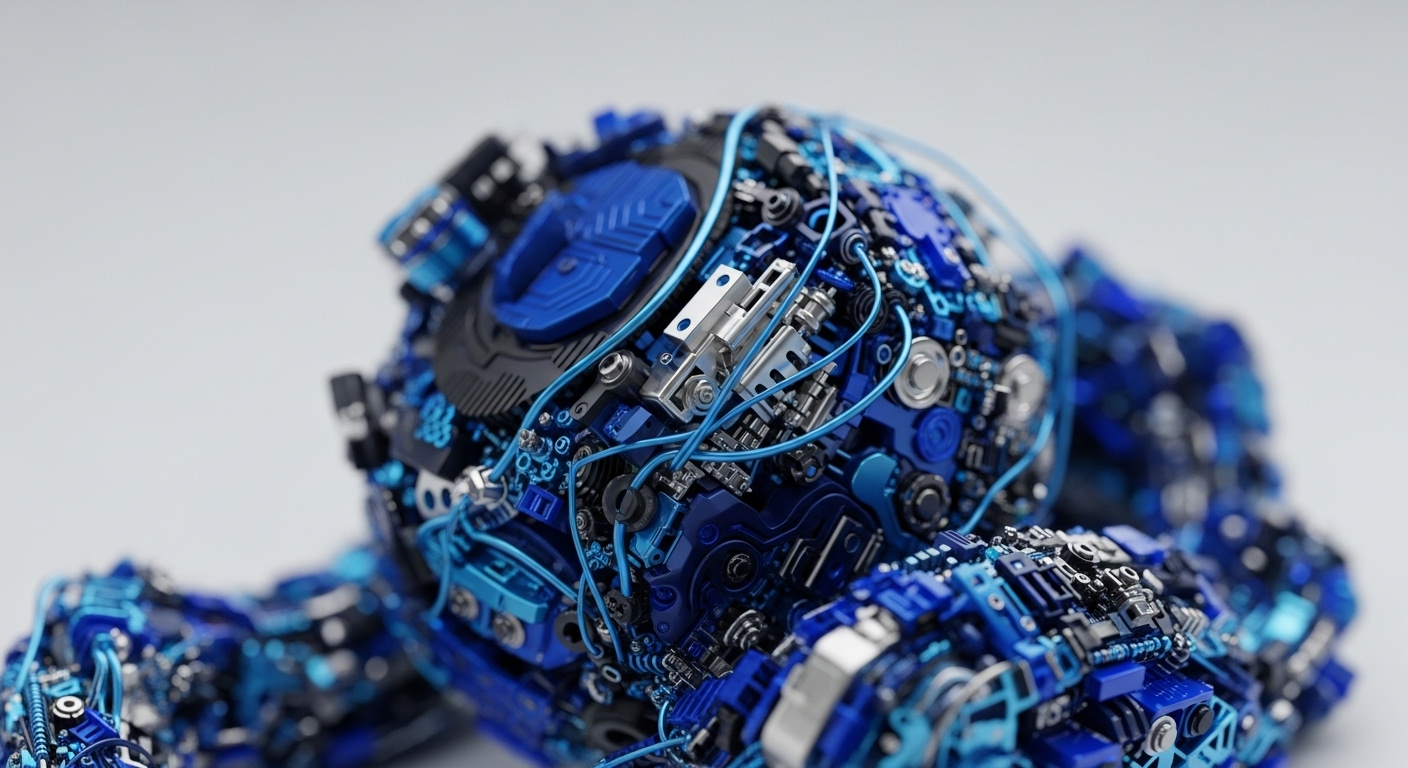
Briefing
The MetaDAO-pioneered “ownership coin” model has launched, fundamentally restructuring the relationship between on-chain governance and real-world legal entities by embedding tokenholder decisions directly into a legal operating agreement. This innovation immediately solves the long-standing principal-agent problem in DAOs, where off-chain directors and shareholders could act independently of tokenholder will, by legally obligating designated members to execute on-chain votes. The model creates a unified value flow, directly linking the token’s economic rights and decision-making authority to the legal entity’s assets, thereby making DAO tokens a more institutionally investable asset class.

Context
The prevailing dApp landscape was characterized by a fundamental structural rift in governance. Traditional DAOs operated with segmented structures, combining a public, on-chain token layer for voting with a detached, off-chain legal wrapper (like an LLC or Foundation) that held all critical assets, IP, and legal contracts. This separation created an accountability gap. The legal entity’s directors were often obligated to traditional shareholders, not token holders, making on-chain governance decisions non-binding in the real world and rendering DAO tokens difficult to underwrite as true equity.

Analysis
The ownership coin model alters the core system of digital ownership and governance participation by introducing a new primitive → the legally-bound smart account. This system ensures that all DAO-owned funds and critical decisions flow through on-chain smart accounts, which are governed by token holders via futarchic markets. The chain of cause-and-effect is direct → tokenholders vote on a decision, the legal entity’s operating agreement mandates its execution by the designated implementers, and the smart contract enforces the capital movement.
This integration eliminates the discretion of the off-chain legal wrapper. Competing protocols relying on loose, non-binding governance frameworks will face pressure to adopt similar legal-on-chain integration models to offer their investors and communities tangible, enforceable economic rights.

Parameters
- Key Metric → Unification of Token and Equity Value → The new model structurally links the token’s economic rights to the legal entity’s assets, closing the valuation gap between the two.
- Governance Mechanism → Futarchy-Driven Markets → Decision-making is determined by prediction markets, which forecast the outcome of proposals on the protocol’s key performance indicators.
- Legal Primitive → Legally-Bound Smart Account → An on-chain smart contract whose control is legally mandated to align with the DAO’s voting outcome.

Outlook
The strategic outlook for this primitive is significant. This legal-on-chain integration is highly forkable, offering a foundational building block for all new DAOs that require real-world interaction, such as managing intellectual property, hiring, or holding compliant Real-World Assets (RWA). The next phase will involve its adoption by major DeFi and infrastructure protocols seeking to de-risk their governance structure for institutional capital. This model is poised to become the new standard for a truly decentralized, yet legally accountable, organizational structure, setting a new bar for investor protection in the application layer.

Verdict
The ownership coin model is the necessary structural primitive that transforms DAO tokens from speculative governance rights into enforceable, institutionally-viable economic ownership stakes.
